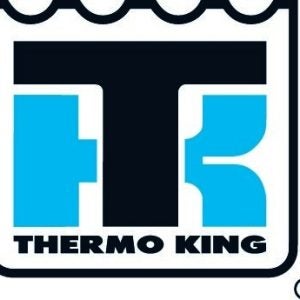Klinge Provides Companies with ISO Container Systems for Transport of Dangerous Goods’
Companies using intermodal containers to ship hazardous goods around the world are now facing tougher safety standards for their shipments. In particular, shipping companies have been tightening up procedures this year for temperature-sensitive hazardous and/or self-reactive cargo. Many are requiring the use of recognised transport refrigeration equipment such as that produced by US firm Klinge Corporation.
Regulations
Amendments to the International Maritime Dangerous Goods Code came into force at the beginning of 2010 that have meant more materials being classified as ‘hazardous’.
Under the new rules, any substances that could potentially cause danger to the vessels or pollute the marine environment are re-classified as ‘environmentally hazardous substances.’ There are stricter requirements for labelling and transporting these hazardous shipments.
The amended rules also include a number of new entries in the international Dangerous Goods List.
Shipping companies require hazardous substances from class 4.1 up to class 5.2 of the International Maritime Dangerous Goods code be transported in specialised temperature-controlled container systems such as those manufactured by Klinge Corporation.
Checks
Hazardous loads are facing more and more checks from shipping companies and port authorities, including the use of sophisticated x-ray technology, to ensure safety for staff, the public and the environment.
Insurance providers may also now refuse to cover hazardous shipments that are not transported in recognised container solutions.
Companies shipping hazardous or explosive materials are increasingly turning to Klinge Corporation to provide container systems that guard against hazards and explosion risks.
Henrik Klinge, president and CEO of Klinge Corporation, said “In today’s increasingly safety and security conscious world, fewer shipping companies will take hazardous cargo unless it is within a recognised container system.
The Klinge name is very much respected by shipping captains because they know they can rely on our rugged containers to provide the required cooling whatever the conditions outside.”
Explosion-proof
Klinge Corporation, which is based in York, Pennsylvania, offers a range of container refrigeration and heating systems for transport of hazardous materials.
Klinge containers feature microprocessor-based temperature controls, satellite tracking and alarm monitoring systems.
- The Picture Frame Refrigeration Unit (PFR) Model 571 ZII-II offers explosion-proof motors and components designed to maintain space temperatures in Zone 2 hazardous locations.
- The Nose Mount Refrigeration Unit (NMR) dual refrigeration system Model 262 is designed for dangerous and temperature sensitive cargo, offering primary and back-up temperature control systems to ensure complete and independent protection for shipments.
- Klinge’s Tank Container Refrigeration Unit (TCR) Model 104 is profiled to fit the shape of tank containers to maintain temperatures in liquid cargo.







